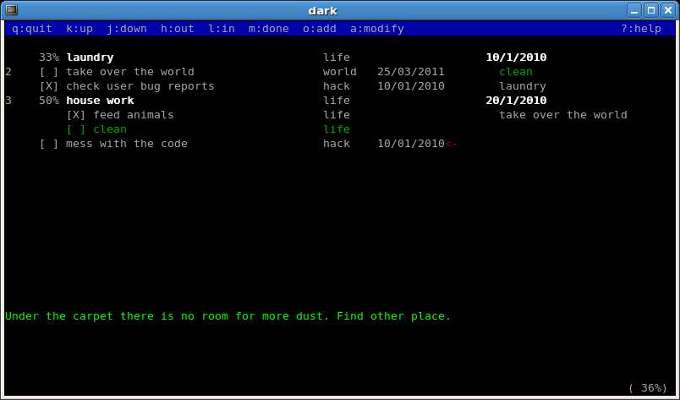Megahack of Stratfor
9th January 2012
If you haven’t heard yet – stratfor.com was hacked in December 2011, leaking full information about 75k credit cards (including owner’s addresses and CVV codes) and 860k (right, almost a million) user accounts. All Stratfor email archives were also reportedly stolen (around 160-200 GB of data), but those were not made publicly available on the internet – unlike the credit cards and user accounts information, which is still relatively easy to find and download.
I do not really recollect anything that large. Well, not counting dropbox’s 4-hour window of “any password fits all accounts”, but that was different.
Here are some of the news items about this seriously large hacking incident:
- NYTimes (Dec. 25, 2011)
- WSJ (Dec. 25, 2011)
- CNN (Dec. 25, 2011)
- relatively above-average write-up from Wired (Dec. 26, 2011)
- ABCNews (Dec. 26, 2011)
- The Register (Jan. 3, 2012)
Here come more technical reports:
- short pastebin document, supposedly by the hackers
- cryptome keeps track of the data being removed from the internet
- a 1MB report by the hackers
- TheTechGerald has some analysis of the leaked stratfor passwords (Jan. 2, 2012)
TheTechGerald’s analysis linked to above got my attention. Unfortunately, a while ago I’ve subscribed to stratfor’s “free intelligence mailing list”, and was wondering if my account information is now publicly available. I was the most worried about the password I’ve used to subscribe, because of the risk of using the same password somewhere else.
Unlike TheTechGerald, I haven’t used any dictionaries – just the default configuration of a well-known tool for finding weak passwords. Within a single hour, ~100k passwords were decrypted (~12% of all). Till the end of the day, ~50k more passwords were decrypted (totalling 17.4% of 860k). At this point my password was still safe, and I’ve found a way to verify that it is not used anywhere else, so I’ve aborted further decryption.
There are a few simple conclusions:
- anybody who had a stratfor account must verify that he/she isn’t using that password anywhere else, because if 1 PC can get 17% of all the passwords in less than a day, it is only a matter of short time until all the leaked passwords will be decrypted and made publicly available in various “md5 decryption databases”
- system owners should run periodic screenings for weak passwords (and implement policies to prevent creating obviously weak passwords from the very beginning)
- md5 is very fast to decrypt/bruteforce – a much slower hashing function wouldn’t hurt; also, using a more complex hashing approach, maybe even with a closed-source shared library, could help
- single-factor authentication (password-based) is likely to get replaced with 2-factor authentication in the nearest future
- one may enjoy increased personal data safety by using throw-away passwords in conjunction with antispam mailboxes like spam.la and mailinator.com (at least 1600 users – 0.186% – did use these services).
Posted in Links, Misc, Security, Software, Web | No Comments »
